Exploring the Globalisation of East Asian Cinema from a Transnational Perspective—John Woo and His Film Face/Off as an Example
DOI: 10.23977/mediacr.2024.050408 | Downloads: 18 | Views: 1085
Author(s)
Luyin Cao 1
Affiliation(s)
1 University of Leeds, Leeds, UK
Corresponding Author
Luyin CaoABSTRACT
Since the wave of globalization, "globalisation" and "transnationalism" have become key concepts in describing world development. As a medium of cultural transmission, film transcends national boundaries and occupies an important position in Hollywood's global strategy. This article takes John Woo and his film Face/Off (1997) as examples to explore the transnational cooperation of East Asian cinema. John Woo, who successfully fused Chinese and Western cultures, achieved success both in Hong Kong and Hollywood. Face/Off showcased his emotional transformation, breaking geographical restrictions and gaining global recognition. This article analyzes the interaction between East Asian cinema and Hollywood, John Woo's transnational career, the themes and character portrayal in his films, as well as the relationship between his style and global acceptance. It emphasizes the importance of transnational cooperation and looks forward to more cultural exchanges and integrations.
KEYWORDS
Globalisation, Transnational Cooperation, East Asian Cinema, Hollywood Cinema, John Woo, Cultural FusionCITE THIS PAPER
Luyin Cao, Exploring the Globalisation of East Asian Cinema from a Transnational Perspective—John Woo and His Film Face/Off as an Example. Media and Communication Research (2024) Vol. 5: 52-57. DOI: http://dx.doi.org/10.23977/mediacr.2024.050408.
REFERENCES
[1] Bergfelder T. National, transnational or supranational cinema? Rethinking European film studies[J]. Media, culture & society, 2005, 27(3): 315-331.
[2] Hall S. Cultural Identity and Diaspora [M]. Colonial discourse and post-colonial theory. Routledge, 2015: 392-403.
[3] Collier J, Marchetti G, Kam T S. Hong Kong Film, Hollywood and New Global Cinema: No Film Is an Island[J]. 2007.
[4] Cousins M. The Asian Aesthetic[J]. Prospect Magazine, 2004, 21.
[5] Szeto K Y. The Martial Arts Cinema of the Chinese Diaspora: Ang Lee, John Woo, and Jackie Chan in Hollywood[M]. SIU Press, 2011.
[6] Robertson R. Globalization: Social theory and global culture[J]. Sage Publications, 1992.
[7] Williams T. Space, place, and spectacle: The crisis cinema of John Woo [J]. Cinema Journal, 1997: 67-84.
[8] Yau, Ching-Mei Esther, ed. At full speed: Hong Kong cinema in a borderless world[M]. U of Minnesota Press, 2001.
[9] Bordwell D. Planet Hong Kong: Popular Cinema and the Art of Entertainment [M]. Estados Unidos, Harvard University Press, 2000.
[10] Hall, Kenneth E. John Woo: the films [M]. McFarland, 2014.
[11] Ford S. Hong Kong film goes to America[M]. Hong Kong Film, Hollywood and New Global Cinema. Routledge, 2007: 64-76.
[12] Shouse E. Feeling, emotion, affect[J]. M/c journal, 2005, 8(6).
| Downloads: | 20337 |
|---|---|
| Visits: | 472465 |
Sponsors, Associates, and Links
-
Journal of Language Testing & Assessment
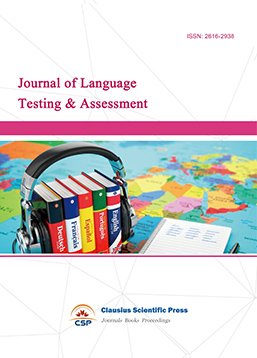
-
Information and Knowledge Management
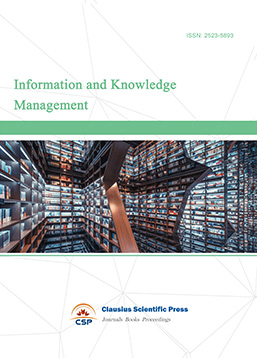
-
Military and Armament Science
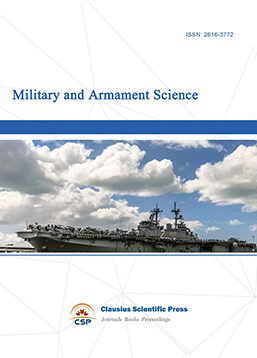
-
Journal of Human Movement Science
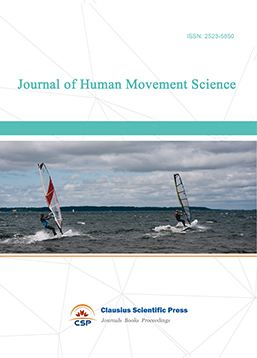
-
Art and Performance Letters
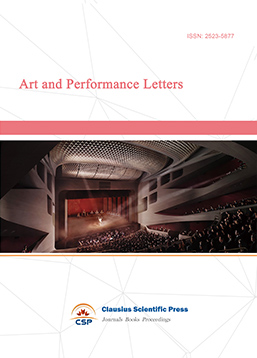
-
Lecture Notes on History
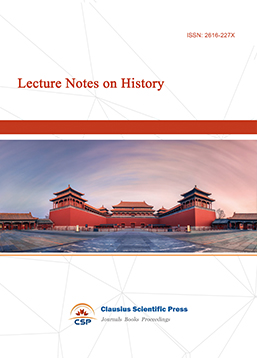
-
Lecture Notes on Language and Literature

-
Philosophy Journal

-
Science of Law Journal

-
Journal of Political Science Research
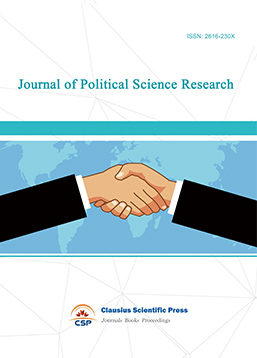
-
Journal of Sociology and Ethnology
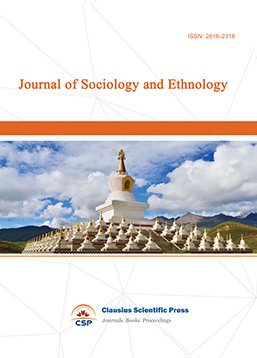
-
Advances in Broadcasting


 Download as PDF
Download as PDF